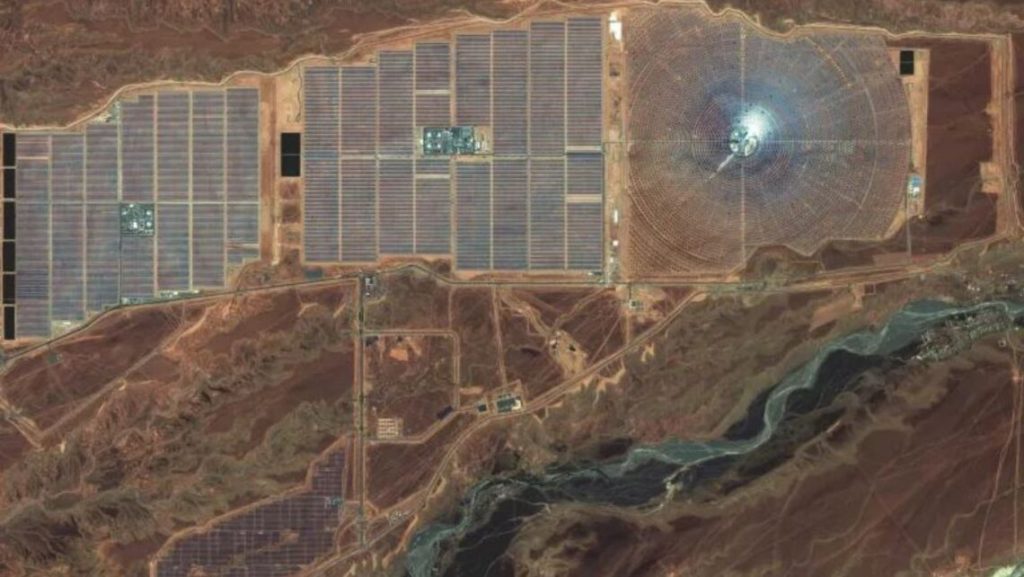It’s the biggest treasure ever seen on Earth — It’s under the Sahara desert, but impossible to mine
Editor Author May 26, 2025 0
A Hidden Power Beneath the Sahara Could Redefine the Global Energy Landscape
- 36 million kilograms beneath an American site — a discovery more powerful than lithium.
- A battery the size of a coin holds enough radioactive energy to last 5,730 years.
- NEOM’s latest breakthrough could send shockwaves around the world.
But another potential energy revolution may lie beneath a very different landscape — the Sahara Desert. Deep below its sun-scorched sands could be the largest untapped resource on Earth — one that might be the cornerstone of a green energy future. While invisible to the naked eye, scientists and investors are well aware of its existence. However, extracting this treasure poses technological and ethical challenges, especially since accessing it could significantly harm the surrounding nations in Saharan Africa. Despite this, interest from European corporations is steadily growing.
Unlocking a Green Future — but at What Cost?
This isn’t the first time renewable energy pursuits have led to monumental discoveries. Yet, the Sahara’s hidden resource may be beyond our current ability to exploit. If accessed, it could usher in a new era of sustainable development and energy independence. Following the discovery, European attention has increasingly shifted toward Africa. But the main hurdle remains: how to extract the resource without devastating the region.
Among the leading ideas is the large-scale production of green hydrogen — a clean energy alternative that could fuel the next industrial revolution. Yet transporting green hydrogen from Africa to Europe poses major logistical obstacles. As Ben Gallagher of Wood Mackenzie points out, while Africa could help meet Europe’s future energy needs, delivering hydrogen across continents is far from efficient.
Technical and Ethical Barriers to Extraction
Hydrogen’s low energy density compared to natural gas makes it difficult to move in large volumes. It needs to be compressed, liquefied, or converted into ammonia — each step adding complexity and cost. Currently, green hydrogen is transported in small quantities via trucks, a method unsuited for mass-scale use.
Adding to the difficulty are the environmental and social impacts on nearby communities. Extracting this resource could cause severe ecological damage and displace local populations. Many experts fear this could trigger a new form of neo-colonialism, where the wealth of African nations is again extracted for the benefit of foreign powers. Similar warnings were raised after a recent American energy discovery near a popular national landmark.
The Risk of a Green Colonialism
Europe’s push for a clean energy transition risks repeating the exploitative patterns of its colonial past. During the colonial era, wealth flowed from Africa to Europe through systems built on forced labor and resource extraction. Although African countries gained independence in the 20th century, economic inequality and exploitation persisted in subtler forms — often with complicity from local elites.
Now, with European firms eyeing green hydrogen from Africa, critics worry this shift could simply be a new chapter in the same story — one where Africa bears the environmental burden while Europe reaps the benefits.
Learning from the Past — and Doing Better
Several renewable energy partnerships between African and European nations have emerged in recent years, but many have been criticized for reproducing colonial dynamics under the guise of sustainability. To avoid repeating history, Europe must rethink its approach. A truly fair and sustainable green transition must prioritize ecological balance, social justice, and mutual benefit.
Otherwise, the quest for green energy — no matter how urgent — risks reinforcing the same extractive systems it aims to replace. New, more equitable projects must be explored to reshape the global energy model and ensure Africa isn’t left paying the price for another continent’s clean future.






